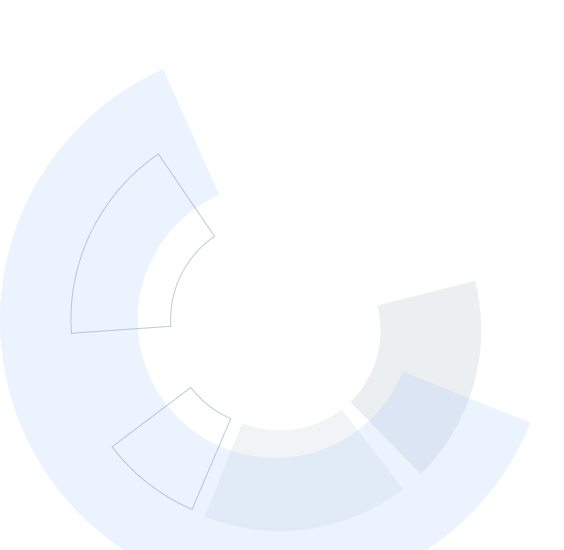Computer Science vs. Software Engineering: Explore Their Differences
October 21, 2024
Article



Learn To Think Like A Computer Scientist. Master the fundamentals of the design and analysis of algorithms.

Instructor: Tim Roughgarden
123,558 already enrolled
(5,658 reviews)
(5,658 reviews)

Add to your LinkedIn profile



Add this credential to your LinkedIn profile, resume, or CV
Share it on social media and in your performance review

Algorithms are the heart of computer science, and the subject has countless practical applications as well as intellectual depth. This specialization is an introduction to algorithms for learners with at least a little programming experience. The specialization is rigorous but emphasizes the big picture and conceptual understanding over low-level implementation and mathematical details. After completing this specialization, you will be well-positioned to ace your technical interviews and speak fluently about algorithms with other programmers and computer scientists.
About the instructor: Tim Roughgarden has been a professor in the Computer Science Department at Stanford University since 2004. He has taught and published extensively on the subject of algorithms and their applications.
Applied Learning Project
Learners will practice and master the fundamentals of algorithms through several types of assessments. Every week, there is a multiple choice quiz to test your understanding of the most important concepts. There are also weekly programming assignments, where you implement one of the algorithms covered in lecture in a programming language of your choosing. Each course concludes with a multiple-choice final exam.
The primary topics in this part of the specialization are: asymptotic ("Big-oh") notation, sorting and searching, divide and conquer (master method, integer and matrix multiplication, closest pair), and randomized algorithms (QuickSort, contraction algorithm for min cuts).
The primary topics in this part of the specialization are: data structures (heaps, balanced search trees, hash tables, bloom filters), graph primitives (applications of breadth-first and depth-first search, connectivity, shortest paths), and their applications (ranging from deduplication to social network analysis).
The primary topics in this part of the specialization are: greedy algorithms (scheduling, minimum spanning trees, clustering, Huffman codes) and dynamic programming (knapsack, sequence alignment, optimal search trees).
The primary topics in this part of the specialization are: shortest paths (Bellman-Ford, Floyd-Warshall, Johnson), NP-completeness and what it means for the algorithm designer, and strategies for coping with computationally intractable problems (analysis of heuristics, local search).



The Leland Stanford Junior University, commonly referred to as Stanford University or Stanford, is an American private research university located in Stanford, California on an 8,180-acre (3,310 ha) campus near Palo Alto, California, United States.





Unlimited access to 10,000+ world-class courses, hands-on projects, and job-ready certificate programs - all included in your subscription
Earn a degree from world-class universities - 100% online
Upskill your employees to excel in the digital economy
The Specialization has four four-week courses, for a total of sixteen weeks.
Learners should know how to program in at least one programming language (like C, Java, or Python); some familiarity with proofs, including proofs by induction and by contradiction; and some discrete probability, like how to compute the probability that a poker hand is a full house. At Stanford, a version of this course is taken by sophomore, junior, and senior-level computer science majors.
For best results, the courses should be taken in order.
No.
Having taken your programming and thinking skills to the next level, you will be well positioned to ace your technical interviews, pursue serious software engineering, and study advanced topics in algorithms.
This course is completely online, so there’s no need to show up to a classroom in person. You can access your lectures, readings and assignments anytime and anywhere via the web or your mobile device.
If you subscribed, you get a 7-day free trial during which you can cancel at no penalty. After that, we don’t give refunds, but you can cancel your subscription at any time. See our full refund policy.
Yes! To get started, click the course card that interests you and enroll. You can enroll and complete the course to earn a shareable certificate, or you can audit it to view the course materials for free. When you subscribe to a course that is part of a Specialization, you’re automatically subscribed to the full Specialization. Visit your learner dashboard to track your progress.
Yes. In select learning programs, you can apply for financial aid or a scholarship if you can’t afford the enrollment fee. If fin aid or scholarship is available for your learning program selection, you’ll find a link to apply on the description page.
When you enroll in the course, you get access to all of the courses in the Specialization, and you earn a certificate when you complete the work. If you only want to read and view the course content, you can audit the course for free. If you cannot afford the fee, you can apply for financial aid.
Financial aid available,